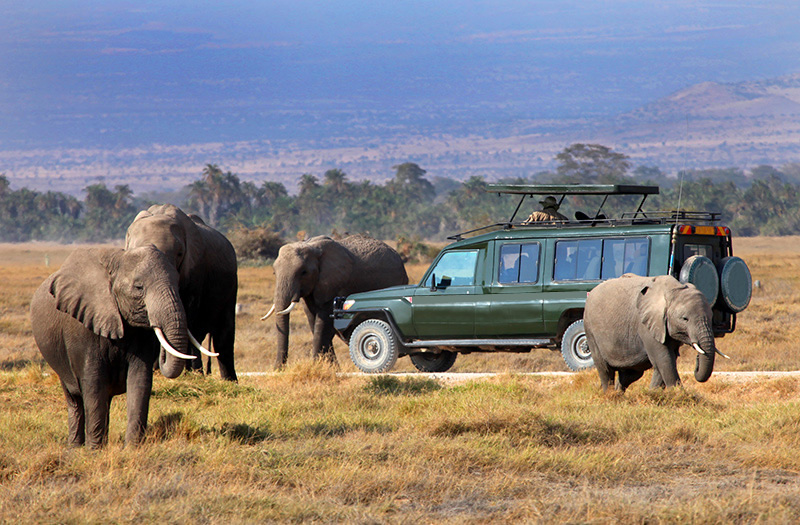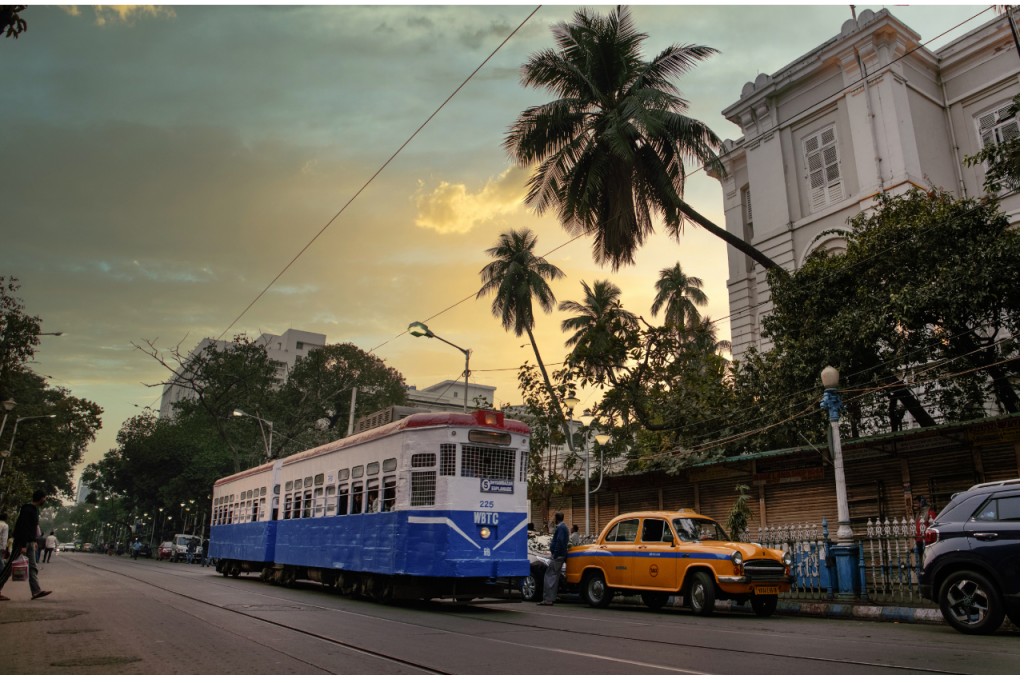India has over 80 national parks spread across the country. Some are larger and easier to access than others. All of these parks are popular with visitors and have a diverse range of flora and fauna. Discover where to find specific types of Indian animals at these top parks if you’re interested in them.
Corbett National Park, Uttarakhand
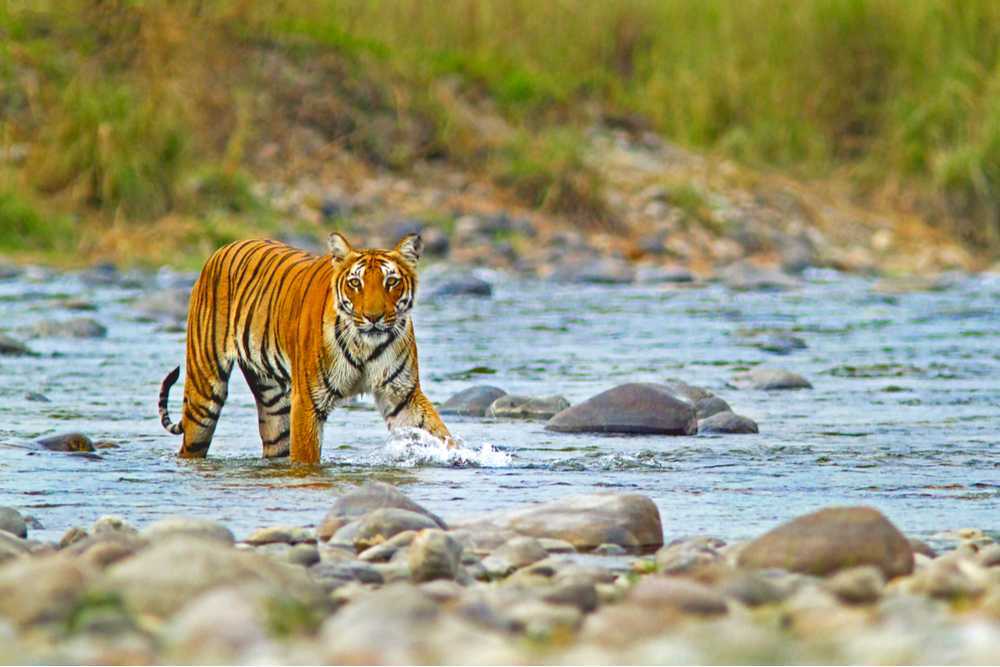
India’s first national park, Corbett was established in 1936 by legendary tiger hunter Jim Corbett. It’s located around three hours from Nainital and seven hours from Delhi. The park is a large one and has five zones. One zone, Jhirna, is open all year round. The rest of the park closes during the monsoon. The chances of seeing a tiger at Corbett aren’t great but there are other animals, and elephant safaris are possible. For the best wildlife viewing, stay deep in the reserve in the Dhikala zone. However, if you’re a foreigner be prepared to pay double the rates for accommodation, with the cheapest rates around 2,500 rupees a night for a private cabin at a forest rest house.
Ranthambore National Park, Rajasthan
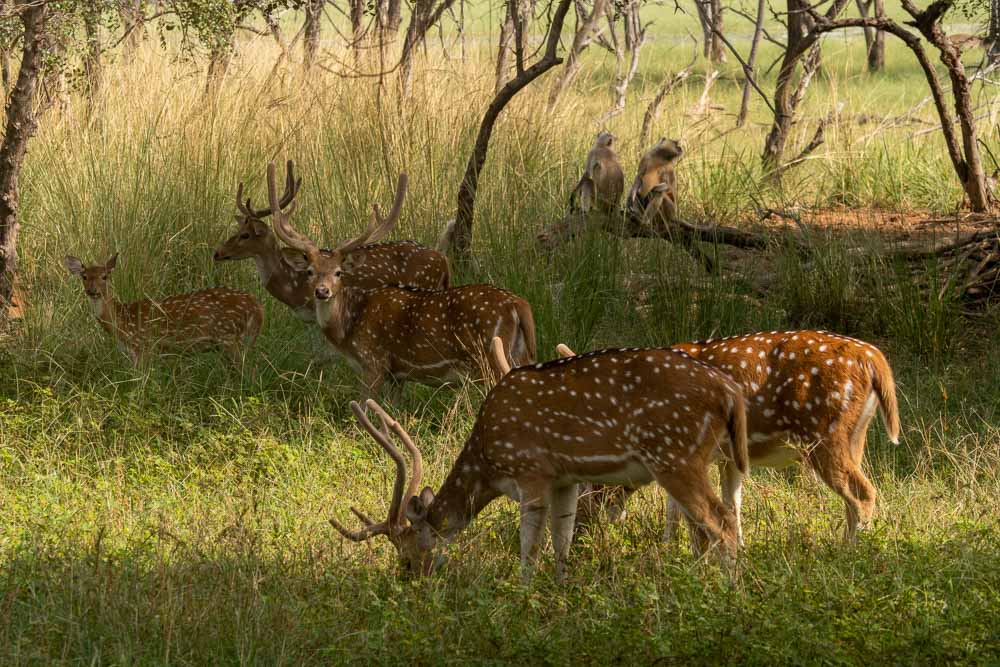
Ranthambore is an enthralling mix of history and nature. A formidable fort built in the 10th century and coveted by many rulers due to its strategic location between north and central India can be found within the park. The park is defined by rocky plains and steep cliffs. It is home to a diverse range of flora and fauna, including approximately 30 tigers. Because of its proximity to Delhi and the fact that tigers are relatively easy to spot, this park is very popular. However, the park’s popularity has resulted in overcrowding and poor safari management, which is a problem that should be addressed.
Kanha National Park, Madhya Pradesh
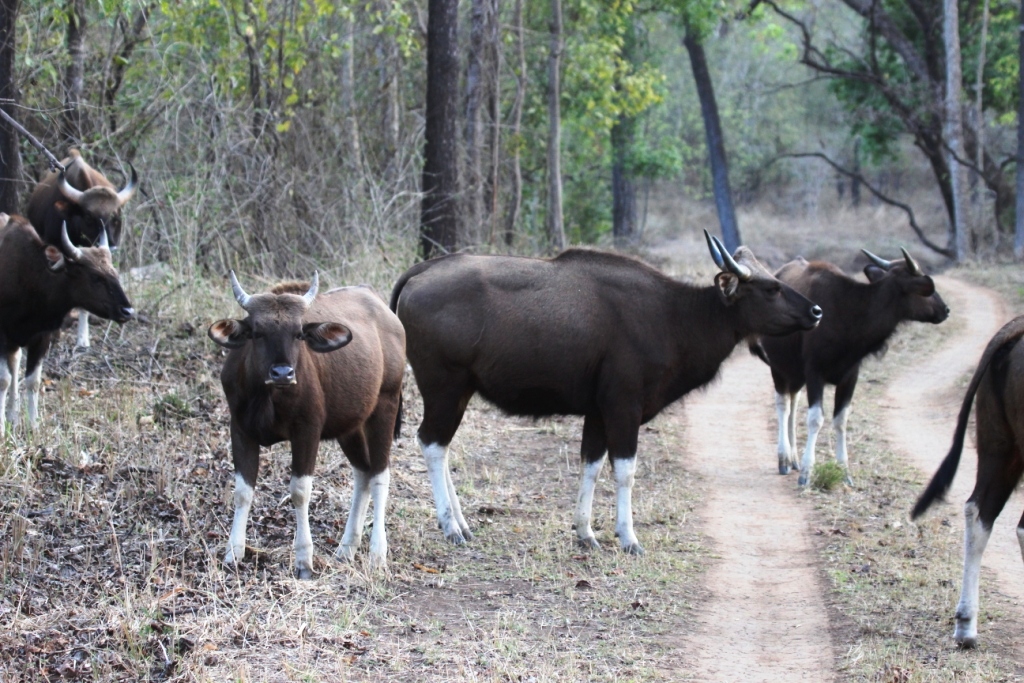
Kanha National Park was the inspiration for Rudyard Kipling’s classic novel The Jungle Book. It is densely forested, with saal and bamboo forests, lakes, streams, and open grasslands. This large park is well known for its research and conservation programmes, and it has saved many endangered species. In addition to tigers (the likelihood of seeing one has increased dramatically in recent years), the park is well-known for its barasingha (swamp deer) and a wide range of other animals and birds. It’s ideal for those who enjoy the outdoors.
Pench National Park, Madhya Pradesh
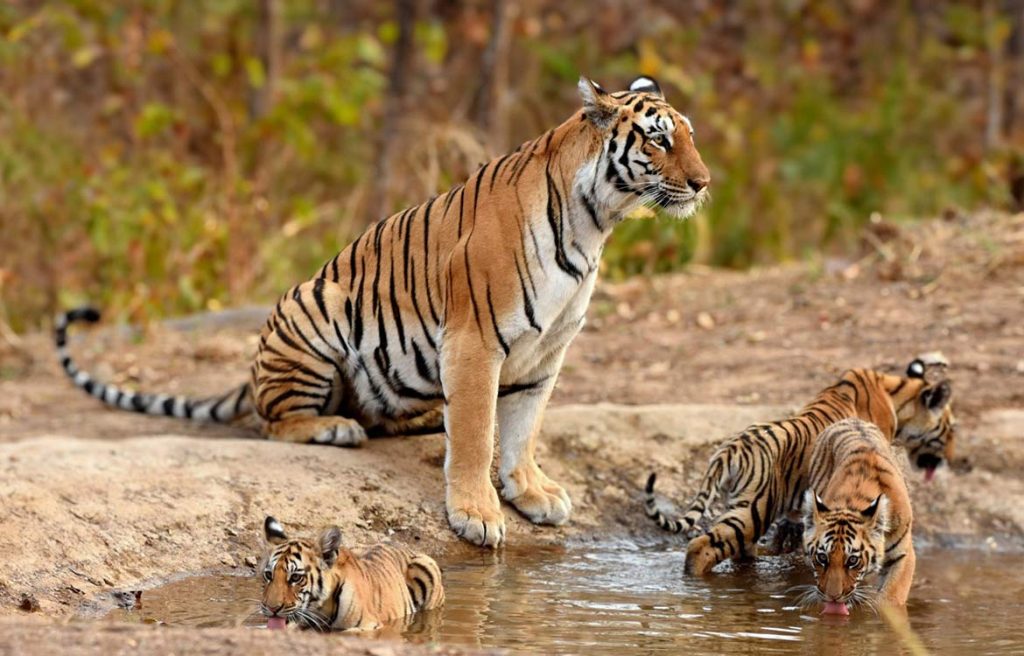
Pench National Park gets its name from the river that runs through it, dividing it into east and west halves. Like Kanha National Park, Pench is also associated with Rudyard Kipling’s “The Jungle Book.” A place of wild natural beauty, it has open hilly terrain, teak forests and thick vegetation. This well-managed park is renowned for river rafting and is a great place for bird watching. Tiger sightings are quite common on safari, along with many other animals. An additional attraction is the potters’ village that’s situated near the park’s Turiya gate.
Bandhavgarh National Park, Madhya Pradesh
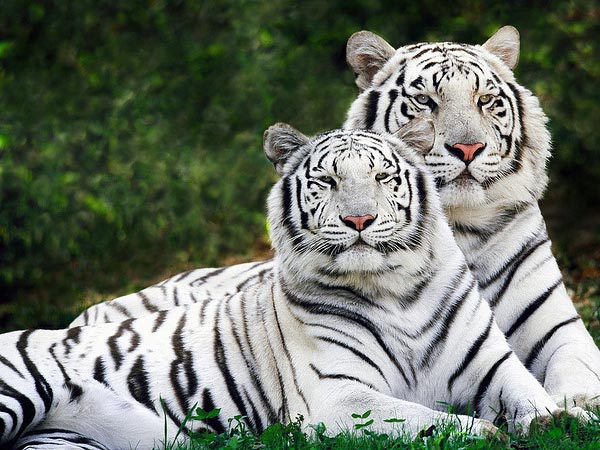
Bandhavgarh is best known for its spectacular setting, as well as having the highest concentration of tigers in any park in India. The park features dense green valleys and rocky hill terrain, with an ancient fort built on 800 meter (2,624 ft) high cliffs. Although it’s relatively difficult to reach, this park offers among the best chance of seeing tigers.
Kaziranga National Park, Assam
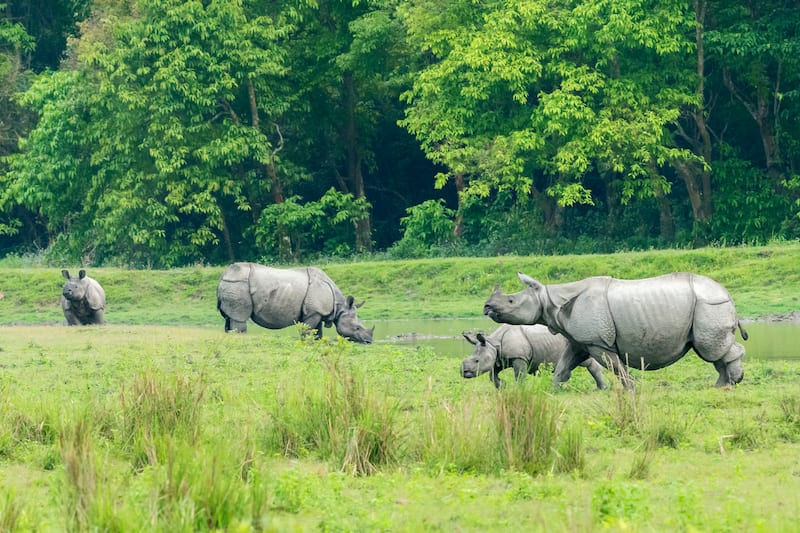
Much of Kaziranga National Park is swamp and grassland, making it ideal for the one-horned rhinoceros. There is the world’s largest population of these prehistoric-looking creatures, as well as nearly 40 major mammals. Elephant safaris are available to explore this beautiful park. It is located on the banks of the Brahmaputra River in northeast India, about six hours from Guwahati.
Sundarbans National Park, West Bengal
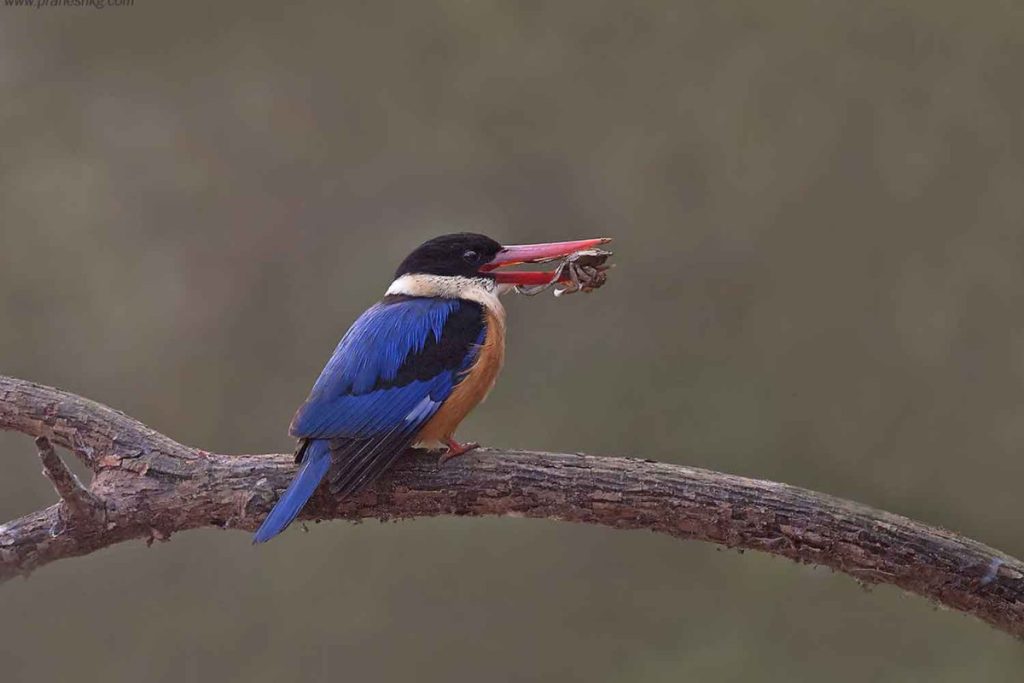
Sundarbans, one of the top tourist places in West Bengal, has a magnificent tangle of mangrove jungle that’s the largest in the world. The Indian part is made up of 102 islands and just over half of them are inhabited. The Sundarbans is only accessible by boat and exploring it this way is a thrilling experience that shouldn’t be missed. Don’t be hopeful of seeing any tigers though. They’re very shy and usually remain well hidden in the reserve. A highlight is staying in eco-friendly village accommodations and enjoying community-based tourism.
Valley of Flowers National Park, Uttarakhand
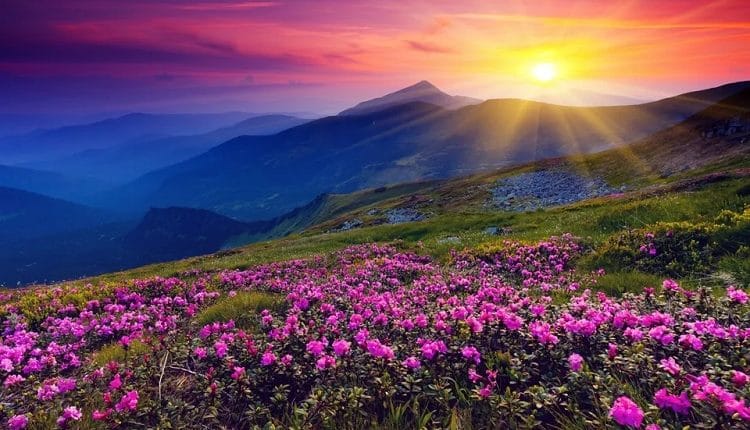
This high altitude alpine valley is a glacial corridor that comes alive with around 300 different varieties of alpine flowers during the monsoon season. They appear as a bright carpet of colour against a snow-capped mountain backdrop. The Valley of Flowers requires a strenuous hike, but once there, you’ll feel on top of the world!
Bandipur National Park, Karnataka
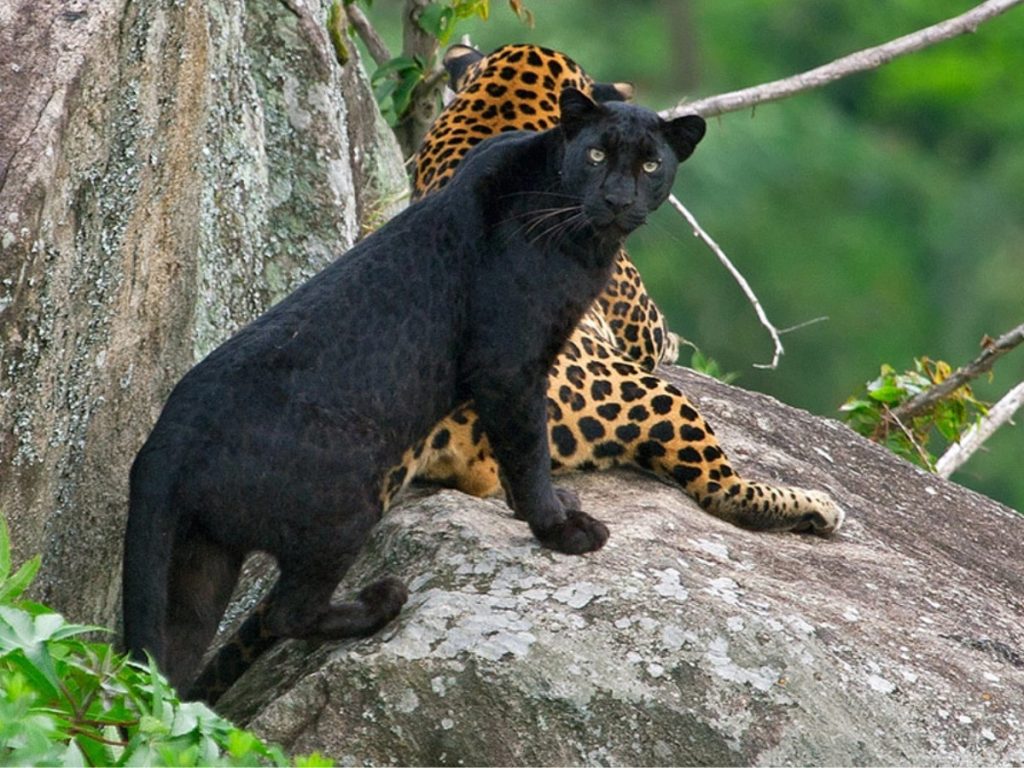
One of the most famous national parks in south India, Bandipur is part of the Nilgiri Biosphere Reserve. It was once the the private hunting ground of the maharajas of Mysore. This substantial 870 square kilometer park receives a lot of tourists as its located on the way to Ooty from Mysore. It does have tigers, although they’re rarely sighted. You’re more likely to see deer and monkeys on safari (and maybe elephants if you’re lucky).
Nagahole National Park, Karnataka
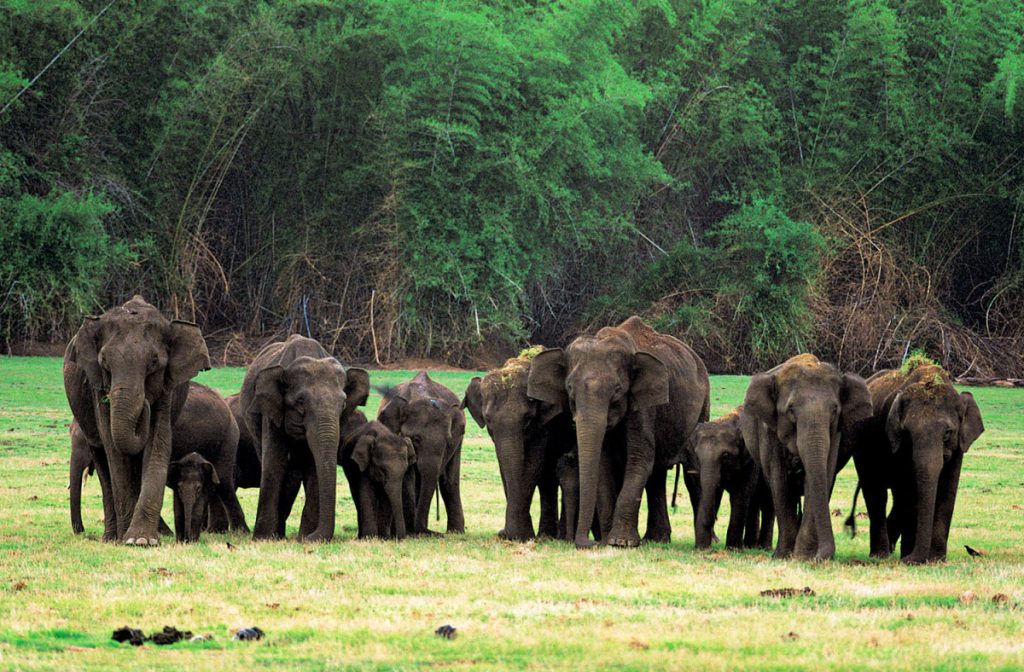
Nagahole is officially known as Rajiv Gandhi National Park and it’s also part of the Nilgiri Biosphere Reserve. The Kabini River runs between Bandipur and Nagahole, and it’s not unusual to see herds of elephants on the river bank. The Kabini side of Nagarhole has some outstanding luxury safari lodges.







